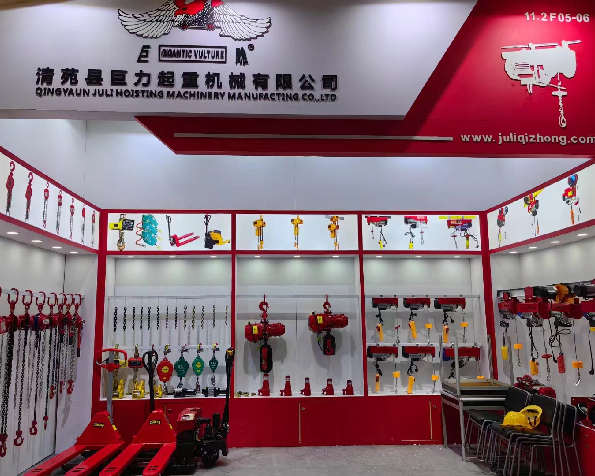


Understanding Industrial Crane Scales A Comprehensive Overview
Industrial crane scales are essential tools in various industries, providing an efficient and accurate means of weighing heavy loads. These scales integrate seamlessly with overhead crane systems, allowing operators to weigh items while they are suspended in the air. With the growing demands of sectors such as manufacturing, shipping, and construction, the significance of crane scales cannot be overstated.
The Functionality of Industrial Crane Scales
At their core, industrial crane scales are designed to measure the weight of materials and products being lifted by cranes. They typically consist of a load cell, which converts the force of the weight into an electronic signal that can be displayed digitally. Most modern crane scales are equipped with wireless technology, enabling data transmission to remote displays or computers for easy monitoring and record-keeping.
The design of crane scales varies depending on their intended use. Some are portable, offering versatility in different environments, while others are fixed installations that can handle larger weights and more complex operations. Regardless of design, the primary goal remains the same to ensure the safe and efficient movement of heavy items without compromising accuracy.
Types of Industrial Crane Scales
There are several types of industrial crane scales available on the market, each suited for specific applications
. The most common types include1. Digital Crane Scales These scales provide a digital readout of the weight, offering precise measurements and often featuring memory functions to store data for future reference. They are widely used for general material handling.
2. Analog Crane Scales Utilizing a mechanical dial, analog scales are straightforward and easy to read. However, they may lack the accuracy and additional features of their digital counterparts.

3. Wireless Crane Scales These models utilize Bluetooth or Wi-Fi technology to transmit weight data to external devices, allowing for real-time monitoring from a safe distance.
4. Heavy-Duty Crane Scales Designed for extreme loads, heavy-duty models can accommodate weights far exceeding standard scales. They are often used in heavy industries such as steel manufacturing and oil and gas.
Benefits of Using Industrial Crane Scales
The implementation of crane scales in industrial settings offers numerous benefits. Primarily, they enhance workplace safety. By providing accurate weight measurements, they prevent overloading cranes and reduce the risk of equipment failure or accidents. Furthermore, crane scales improve efficiency. Operators can quickly weigh loads without having to lower them for separate weighing, streamlining workflows and saving time.
Additionally, crane scales can facilitate better inventory management. By keeping track of load weights, companies can conduct more accurate inventory and ensure that shipments are precise. This contributes to enhanced customer satisfaction and reduced costs associated with shipping errors or product loss.
Choosing the Right Crane Scale
When selecting an industrial crane scale, several factors should be considered, including the maximum weight capacity, the environment in which it will be used, and any specific features that may be required. It is also vital to consider the scale’s accuracy, durability, and maintenance needs. Investing in a high-quality crane scale can lead to long-term benefits and significant cost savings for businesses.
Conclusion
In conclusion, industrial crane scales play a critical role in the safe and efficient handling of heavy loads across various industries. Their ability to provide accurate weight measurements while integrating seamlessly with cranes enhances workplace productivity and safety. As technology continues to evolve, the future of crane scales promises even greater innovations, ensuring that industries can meet their growing demands effectively. Whether for a small workshop or a large manufacturing facility, understanding and investing in the right crane scale can have a significant impact on operational success.



